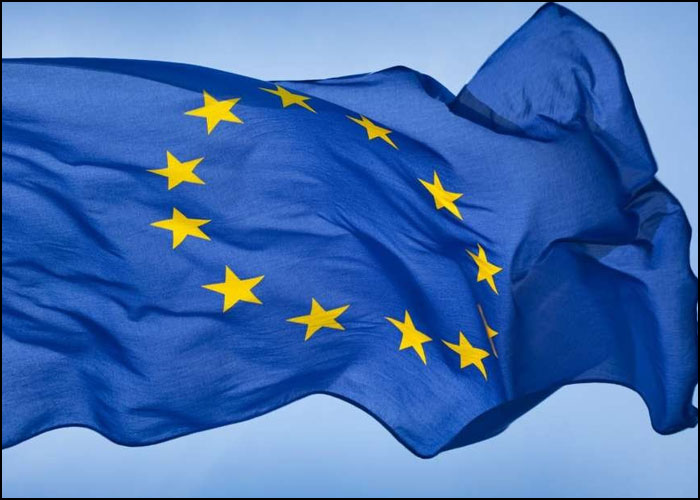Eurozone Employment Rises Most Since 2021 Despite Modest GDP Growth
The euro area employment increased the most since 2021 in the first quarter despite the economy undergoing a mild growth amid the aggressive monetary policy tightening, while the currency bloc posted its first trade surplus since September 2021 but due to a marked decrease in imports.
The quarterly growth in employment doubled to 0.6 percent in the first quarter from 0.3 percent in the preceding period, a flash estimate published by Eurostat showed on Tuesday.
The rate marked the biggest rise since the third quarter of 2021. Employment growth was forecast to remain unchanged at 0.3 percent.
On a yearly basis, employment registered a growth of 1.7 percent, following a 1.5 percent gain a quarter ago. Economists had expected the growth rate to ease to 0.4 percent.
Data confirmed that the currency-bloc of 20 nations grew only 0.1 percent after stabilizing in the fourth quarter.
Year-on-year, GDP growth slowed to 1.3 percent from 1.8 percent in the fourth quarter. The rate was in line with the estimate published on April 28.
In the Spring economic forecast, released on Monday, the European Commission said the region weathered the energy crisis and the labor market remained strong despite slower economic growth.
The executive arm of the EU upgraded the euro area GDP growth forecast for this year to 1.1 percent from 0.9 percent and that for 2024 to 1.6 percent from 1.5 percent.
Another official report from Eurostat showed that the trade balance turned positive for the first time since September 2021. The trade surplus totaled EUR 17.0 billion compared to a deficit of EUR 0.2 billion in February.
Exports dropped 0.1 percent in March from February. At the same time, imports registered a monthly fall of 7.1 percent.
Compared to March 2022, exports increased 7.5 percent, while imports decreased 10.0 percent in March. As a result, the trade balance turned positive with the surplus rising sharply to EUR 25.6 billion. In the same period last year, the trade shortfall was EUR 20.0 billion.
Source: Read Full Article

